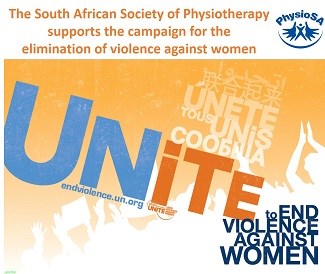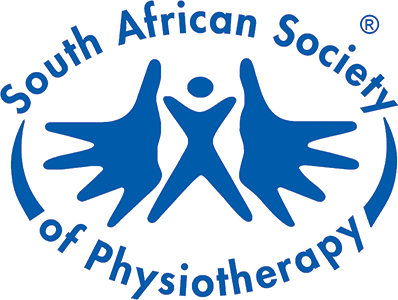
Break the chain of violence
At a time of year when violence against women is front of mind, we reflect on the role physiotherapists can play.
Most physiotherapists create a circle of trust between themselves and their patients, a trust that plays an essential role in healing. When you as a patient allow someone to put their hands on your body, to work with painful areas, it often opens the gates to emotional as well as physical pain – the experience of tears, of the telling of confidences, is familiar to many physiotherapists.
The patient who is a victim of domestic violence or intimate partner violence, someone who really needs to open up about her (or his) life, is, unfortunately, perhaps least likely to do so. Intimate partner abuse is still the cause of deep shame; and abusive partners often try to isolate their victims, to prevent them from sharing, to even threaten them should anyone find out about the abuse.
As a physiotherapist, of course you can’t and shouldn’t force anyone to confide in you. But if you are alert to some key symptoms, you can be open to confidences, you can smooth the path for people to confide, you can even cautiously and subtly guide a conversation along lines that might lead to secret-sharing.
Signs
First symptom is the most obvious: bruising and scarring. Be particularly alert to the presence of bruises and healing wounds of different vintages. When a woman patient (and it is often a woman) has old, fading yellow bruises as well as fresh dark ones, or a history of broken bones, you should be aware of the possibility of abuse, even if the patient has an explanation.
Second is controlling behaviour on the part of a partner. When a patient’s partner refuses to let her consult you on her own, but insists (even lovingly) on joining you in the consulting room, it’s a possible red flag. The patient’s conversation, her concerns around things like fitting consults in around her partner’s schedule or even moods could be a sign, too. As could controlling behaviour around money – is the partner the one who pays for the treatment, or does the patient have access to their own funds/medical scheme?
Fear is another possible sign. A patient who is nervous about how her partner might react if a consult runs over time, for example, or who insists on answering a call from her partner during the session to keep him happy, may be afraid of setting off violent behaviour.
What to do?
In an ideal world, all healthcare practitioners would be able to refer a patient at risk to a specialised clinic for help, or to the police. Sadly, resources are few and far between in this and other countries, and many people who are in positions or organisations which should offer help are not sensitised to victims of domestic abuse.
Find out which NGO service is available in your area (examples are People Opposing Women Abuse and Rape Crisis). Most are almost overwhelmed by the huge need, so ask them if they offer courses in counselling and assisting domestic violence victims, so you know how to handle the situation at the outset.
Do not think you can be a saviour; keep a professional distance, but offer the help you can (for example, provide the contact details of services, counsellors or lawyers).
Don’t blame the victim, even in the privacy of your own mind. Yes, you probably think they should leave, but you don’t know what deep-seated needs and ingrained fears keep them trapped.
Don’t urge the patient to take action – it could turn out badly. The patient is inside the relationship and much more attuned to what is and is not possible and safe than you. But remember that kindness and understanding can be powerful spurs to action. Just listening, assuring the patient she’s not mad, that what her partner does is not ‘normal’ behaviour or something she must just put up with, all of this can help the patient to address the situation under her own steam.







